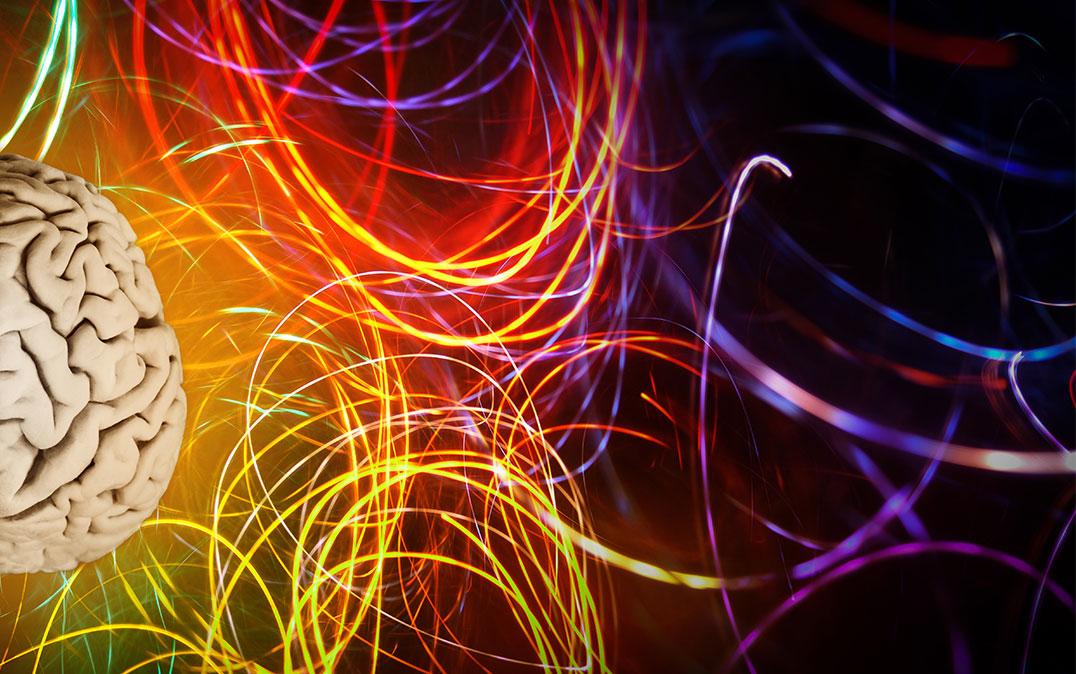Research News
New Mathematical Analysis for Easy Brain Activity Visualization

A research team led by the University of Tsukuba has revolutionized the visualization of neuronal activity in the brain through a simplified mathematical analysis. Previous methods of visualizing these activities required advanced mathematical procedures, but the new technique developed by the researchers utilize standard statistical analysis software only with two steps.
Tsukuba, Japan—In our routines from waking up to commute, work, and leisure, neurons are active and processing complex matters. This research aimed to comprehend the complexities of the brain by developing a mathematical analysis that can facilely visualize the neuron activities in various aspects of our daily experiences. By simplifying the complex mathematical procedures required earlier, we improved the technique to visualize neuronal activity using commonly available statistical analysis software.
The analysis employs state-space analysis, a technique that disentangles the mixed neuronal activity corresponding to different components in the brain. It identifies the crucial components within the observed activity data for multiple neural activities. Since the brain activity constantly changes in response to various behavioral situations, continuously monitoring its variations is critical in this process. Although various methods have been developed based on this technique, all demand advanced mathematical skills and programming techniques from the users.
In this study, the researchers aimed to realize an analysis process with minimal or no programming. Consequently, the activity changes with only two statistical processes could be visualized using general statistical analysis software. The visualized activity is depicted as circles, lines, points, and other figures (trajectories), representing the dynamic states in which the information is processed by the brain from moment to moment (drawing a circle or a curve) or the state in which the brain continues to process the same subject (stationary and constant). This visualization enables us to read the changes in neuronal activity occurring in short time periods (less than one second), reflecting a series of cognitive behaviors such as remembering the location of an office or recollecting a memory after leaving home. In developing this technology, the researchers verified its validity by comparing it with conventional methods using neural data obtained from monkeys by several research teams.
With the newly developed analysis technique, anyone can easily analyze various types of neural activity data. Thus, this technology is expected to uncover novel mechanisms of information processing within the brain, opening doors to new discoveries.
###
This research was supported by Japan Society for the Promotion of Science KAKENHI (Grant JP 22H04832), the Research Foundation for the Electrotechnology of Chubu, Japan Science and Technology Administration Moonshot R&D Grant JPMJMS2294 (H.Y.) and JPMJMS2295 (T.M.), and the National Natural Science Foundation of China (Grant 31871139; Y.N.).
Original Paper
- Title of original paper:
- Stable neural population dynamics in the regression subspace for continuous and categorical task parameters in monkeys
- Journal:
- eNeuro
- DOI:
- 10.1523/ENEURO.0016-23.2023
Correspondence
Associate Professor YAMADA Hiroshi
Institute of Medicine, University of Tsukuba



